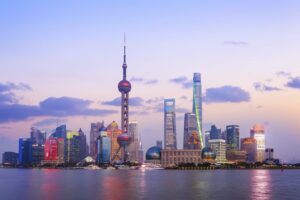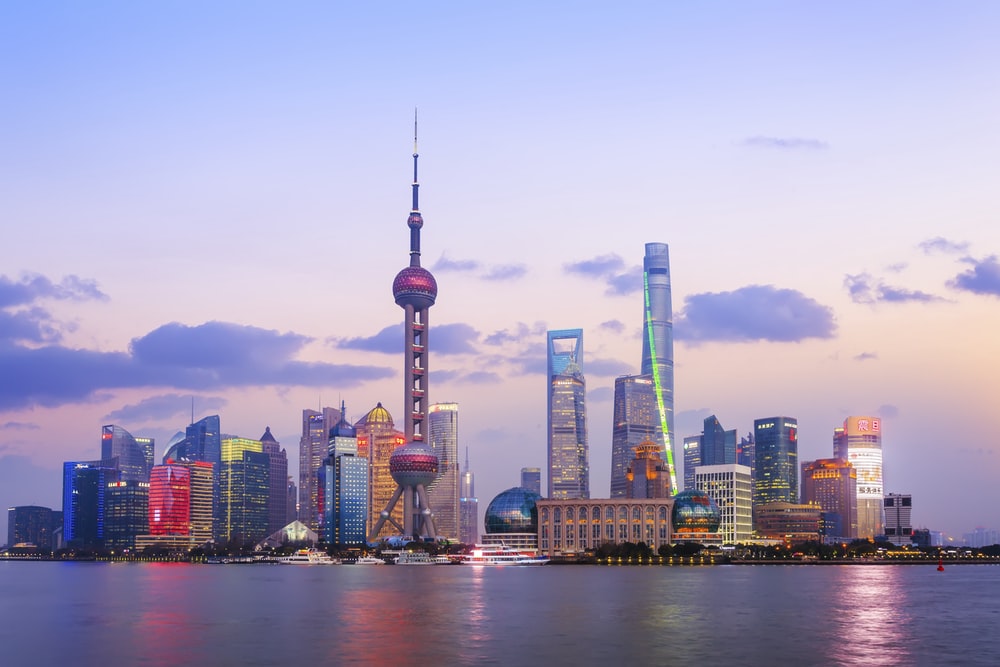
- Shanghai and other major Chinese cities have imposed lengthy, stringent lockdowns to try to control COVID outbreaks.
- There is an acute shortage of truck drivers in Shanghai and in nearby cities like Kunshan, a center of electronics production.
-
-
-
-
-
-
- Many electronics components manufacturers are shutting down in Kunshan.
-
-
-
-
-
-
BEIJING: China’s mounting COVID-19 restrictions are creating further disruptions to global supply chains for consumer electronics, car parts and other goods.
A growing number of Chinese cities are requiring truck drivers to take daily COVID PCR tests before allowing them to cross municipal borders or are quarantining drivers deemed to be at risk of infection. The measures have limited how quickly drivers can move components among factories and goods from plants to ports.
Shanghai and other major Chinese cities have imposed lengthy, stringent lockdowns to try to control COVID outbreaks. Previous interruptions in the supply of goods from Chinese factories to buyers around the world mainly involved the temporary closure of shipping ports.
“The problem is not ships; it’s that there’s no cargo coming because there are no trucks,” said Jarrod Ward, the chief East Asia business development officer in the Shanghai office of Yusen Logistics, a large Japanese supply chain management company.

Now, there is an acute shortage of truck drivers in Shanghai and in nearby cities like Kunshan, a center of electronics production. Many electronics components manufacturers are shutting down in Kunshan.
“The key electronics suppliers to Apple, to Tesla, they’re all based there,” said Julie Gerdeman, CEO of Everstream, a supply chain risk management affiliate of DHL that is based in San Marcos, California.
Many factories have tried to stay open by having workers stay on site instead of going home. Employees have been sleeping on mats on the floor for as long as four weeks in some cities in northeastern China.
But as lockdowns stretch on in cities like Shanghai, Changchun and Shenyang, factories are starting to run out of materials to assemble. Some are sending their workers home until further notice.
Retailers and manufacturers in the West have tried to adapt to previous supply chain difficulties in China by switching from ships to airfreight, but airfreight rates have more than doubled from last year.
For companies, any additional disruptions to the global supply chain would come at a particularly fraught moment, on top of rising prices for raw materials and shipping, along with extended delivery times and worker shortages.
